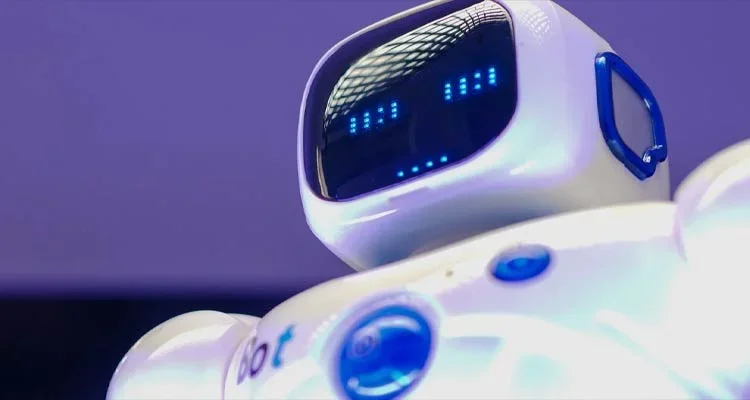Are you a believer in the hands-off approach? In process automation, the answer should depend on your needs, your people, and the complexity of the task at hand.
The definition of RPA
Robotic process automation, or RPA, is a form of intelligent automation that enables organizations to automate repetitive tasks. This automation frees people to focus their time, energy, and creativity on more meaningful work. By optimizing repetitive tasks, RPA can radically boost a team’s productivity and overall efficiency.
Unattended RPA and attended RPA both rely on bots to automate repetitive, mundane tasks, which dramatically streamlines business and operational processes across departments and the entire organization.
What is attended RPA?
With attended RPA, this automation happens, by definition, on a computer, keyboard, or mouse.
Similar to a virtual assistant, attended RPA requires some level of human involvement. Until that trigger or predefined action is initiated, the bot remains in the background, poised for action to help complete a process.The defining attribute of attended RPA is that a human is involved. Bots work alongside people to assist with repetitive tasks. As soon as an attended RPA finishes its part of a task or activity, the user then returns to the process to complete the task.
Examples of attended RPA
Attended RPA is used in a variety of ways that enable organizations to streamline repetitive processes. Here are a few examples:
- Healthcare organizations for processing claims.
- Finance teams for processing invoices.
- HR teams for employee onboarding.
- Retail organizations for processing receipts or managing inventory.
- Customer service teams for processing address change requests.
What is unattended RPA?
Unattended RPA is a bot triggered automatically (versus manually, as with attended RPA) to complete an end-to-end process. Rather than requiring human intervention, it follows a pre-determined, rules-based process and operates independently on a preset schedule or as triggered by events.
Unattended RPA performs activities or interacts with applications at any time without human interaction. This is the defining characteristic of unattended RPA. These unattended bots work independently–interacting with humans only to seek validation or clarification or to note an exception.
Examples of unattended RPA
Unattended RPA is also used in a variety of ways, such as:
- Payroll for processing and voiding checks.
- Customer support teams to engage with users.
- Emailing notifications to users.
- Moving data between files and systems.
What are the benefits of attended and unattended RPA?
Attended RPA increases employee efficiency and productivity without removing humans entirely from the processes it touches. Attended RPA delivers:
- Cost savings and increased efficiency
- Streamlined processes
- Greater employee satisfaction and engagement
- Better customer experiences
- Improved quality and accuracy
Benefits of unattended RPA
Unattended RPA bots empower businesses to scale quickly. Other advantages of unattended RPA include:
- Autonomy from human intervention
- 24/7/365 access and availability
- Lower operating costs
- Reduced errors
- Quick scalability
How attended and unattended RPA Work
Whether attended or unattended, both varieties of robotic process automation enable processes to run more efficiently and quickly.
How attended RPA works
Attended RPA works alongside humans, like a virtual assistant. Its tasks are manually triggered by a user or a predefined action to complete a task before handing the process back to a user to review and complete the process.
How unattended RPA works
Unattended RPA bots are triggered automatically to complete an end-to-end process. They follow a pre-determined, rules-based process and operate independently on a preset schedule or as triggered by events. They require zero human involvement from start to finish.
What is hybrid RPA?
Hybrid RPA bots are a blend of both attended and unattended RPA bots that communicate with each other throughout a process.
Hybrid RPA bots shine during customer-facing interactions. A hybrid RPA can analyze a conversation and help guide an employee with next steps. Or, an unattended bot can start a process before sending it to an attended bot when human involvement is needed.
Examples
Customer-facing chatbots
Improving user experience is essential for an organization’s success. Unattended RPA chatbots can find and return information requested by a user quickly and accurately, escalating to a human employee when necessary.
Employee onboarding
Onboarding new employees is an investment in a company’s future greatest asset. Attended RPA during the onboarding process accelerates engagement and gets new employees up to speed fast.
Are you ready to discover what attended and unattended RPA can do for your organization? Request a personalized demo
See more of what RPA can do for HR by watching the webinar “Benefits of Implementing RPA in HR processes.”
